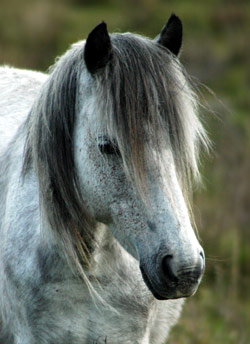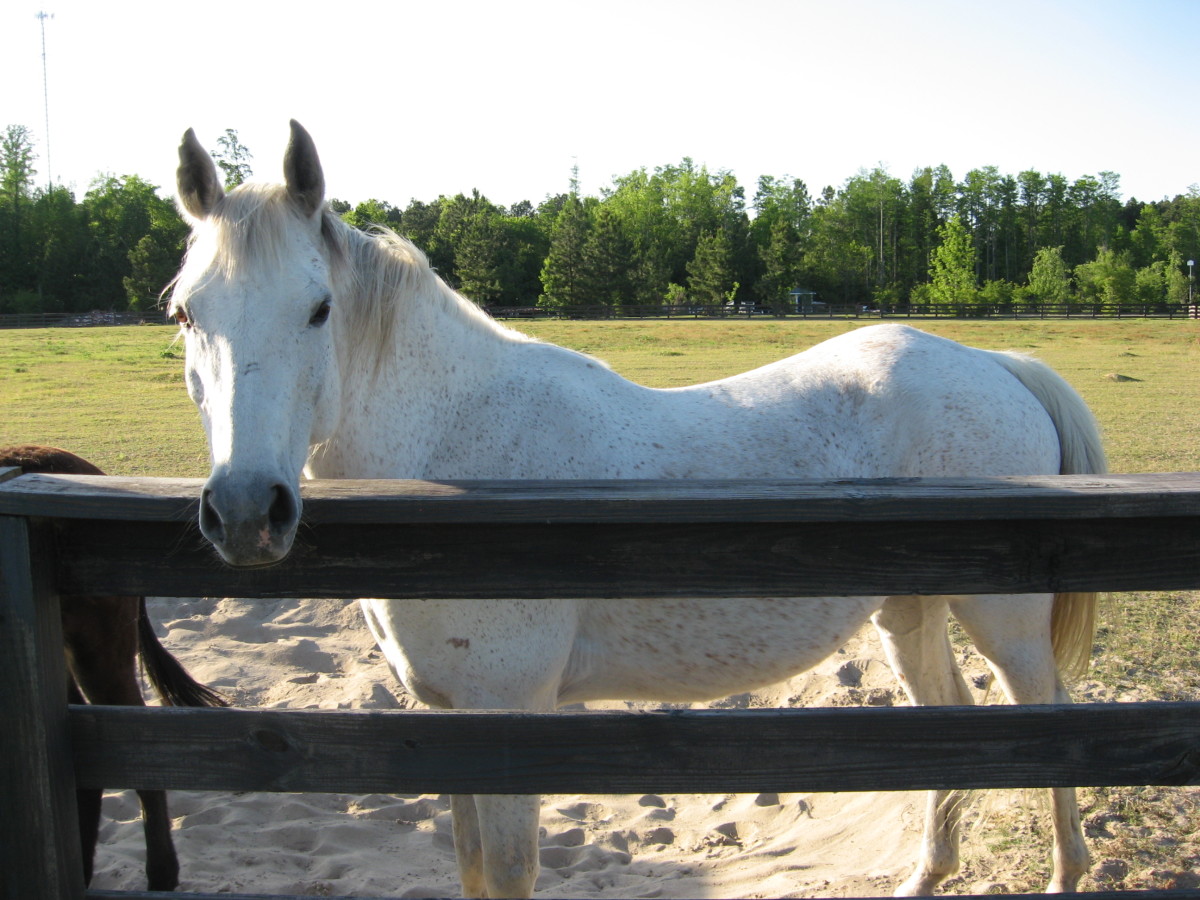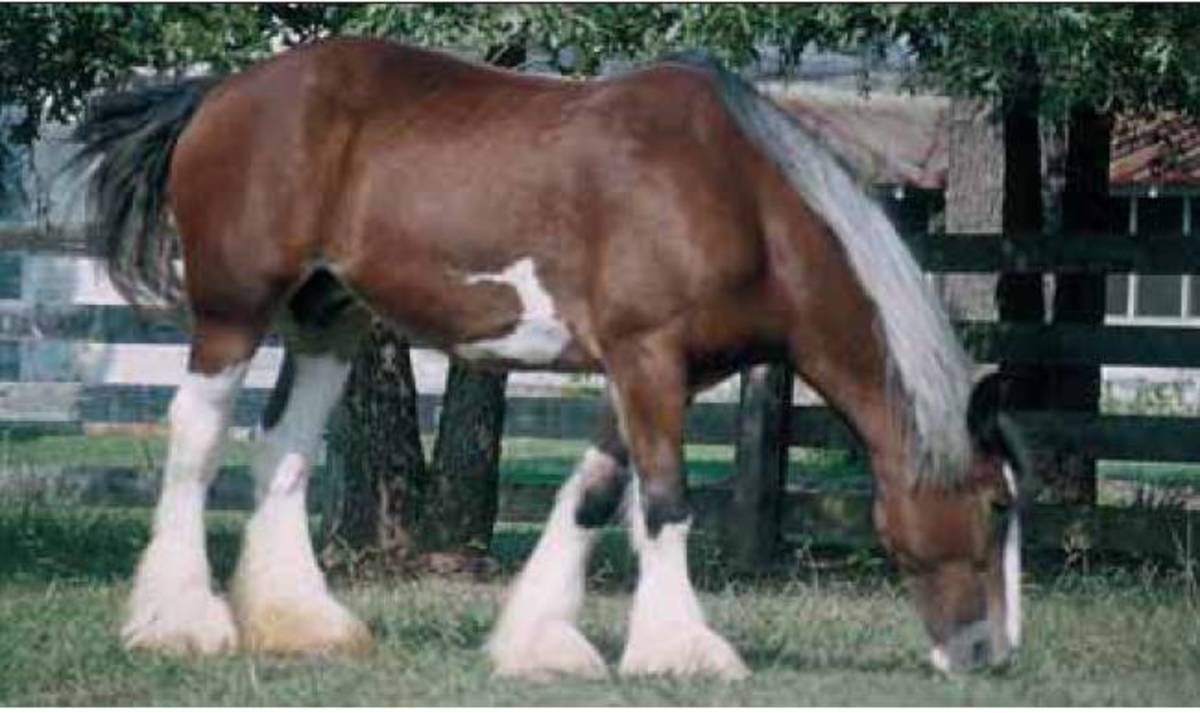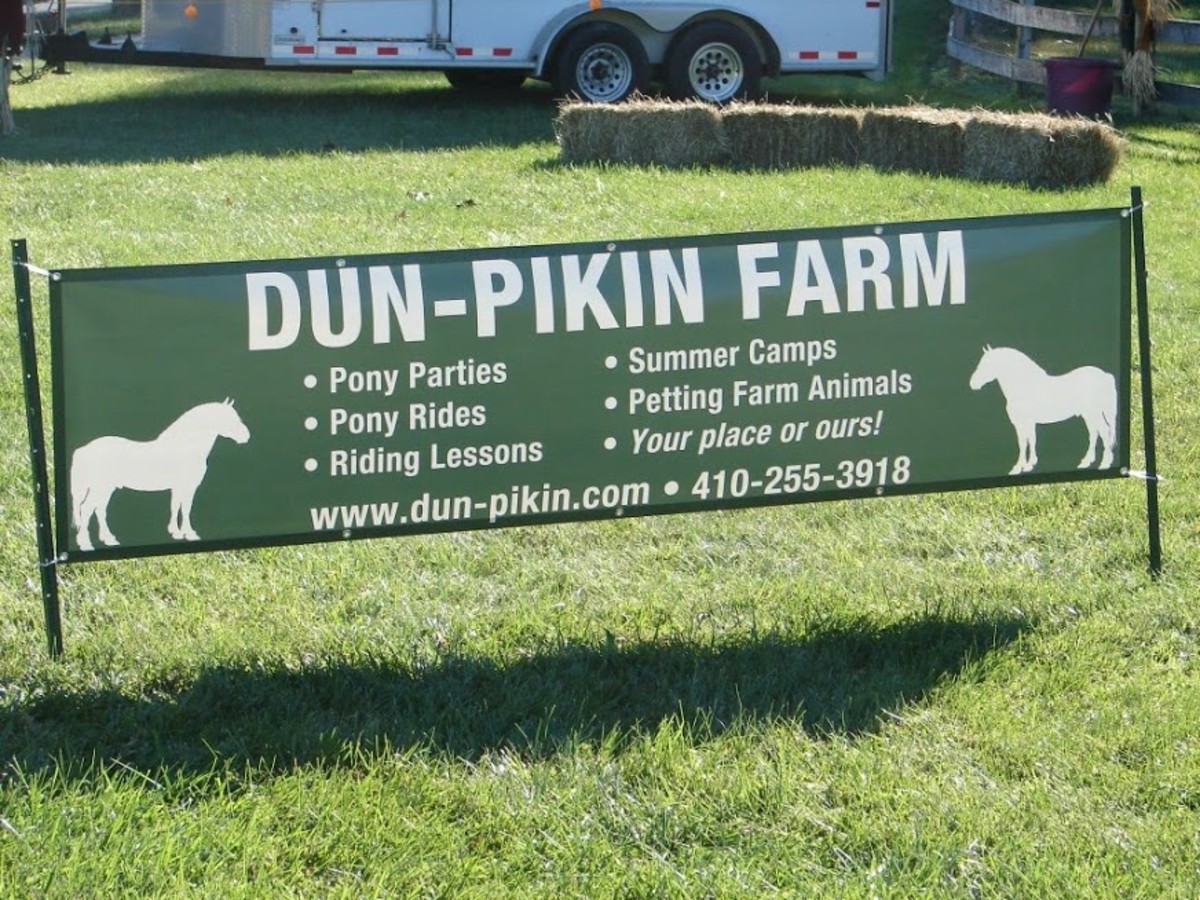Horse information: History, evolution, anatomy, identification and diet

- History and evolution of the horse
- Anatomy of the horse
- Identification of the horse
- The age of the horse
- Horse coats
- Diet
The history and evolution of the horse
The horse is part of the Equidae family of animals. Horses are known scientifically as equus ferus.
Man first appeared on earth three million years ago. But horses had already been present in the Americas for 60 million years. Indeed, the evolution of horses has grown over 60 million years BC.
The evolution of horses was accompanied by significant changes in the stature of the horse and confromation teeth and structure members.
Anatomy
The skeleton of the horse is what gives the creature its structure. The bones of the horses are attached to living tissue. We distinguish the long bones(menbres), the short bones (vertebrae, carpal, tarsal) and flat bones (scapula).
Muscles are the engines of the movement in the horse. These are linked to bone either directly or through the tendons. There are several types of muscles. There are stride muscle, smooth muscle and cardiac muscle. To develop a horse's muscle for training it softens and improves performance. The horse needs oxygen to train and exercise particularly when being ridden. If the creature endures fatigue or lack of oxygen, it can cause muscles to tighten.
Identification of horses
The identification of horses by their breed and colour has been mandatory in Europe since 1997. The identification of horses is provided by the description of their natural markings and also can be done using a tattoo or piercing. These details are then documented in a booklet and more recently passports have been created for horses and ponies.
- Smithfield Horse Market in Dublin, Ireland
Smithfield horse market, in Dublin, Ireland, is one of the oldest - and most controversial - horse fares in the world. The horse fare takes place on the first sunday of the month and attracts... - Animal cruelty: High diving mules forced to dive into pool of water
These are the shocking images that show two mules being forced to high-dive into a pool of water in front of jeering crowds in San Antonio, Texas. The two terrified animals, called... - Horse riding in Portugal - Albufeira Riding Centre in the Algarve
The riding centre is close to the centre of Albufeira and an area known as 'The Strip' which is popular with tourists. This means that the stables are easy to reach but thankfully they're also far enough from the town centre to be secluded and set in
Age of the horse
The exact age of a horse or pony may be found in its paperwork if successive owners have kept track of its life. However, for administration purposes in some sports competition, all horses born in the same year from January 1 are considered the same age.
The age that a horse can be worked or ridden depends on the ability of each individual animal. At the end of its third year, for example, the horse can often be ridden by a lightweight rider. The horse will reach maturity at five or six years and will retain all its means until about 15 years and can live to over 30 years.
An estimate of an age is determined by examining the teeth. We can assess the age of a horse with a good knowledge of the evolution of its teeth. Dentition, meaning the development of all the teeth, is made in adulthood. There are 40 teeth for the male horse and 36 for the mare, which does not normally include canines.
The condition of the mouth is not however the only way to appreciate the age of a horse. The general appearance of the animal, its behaviour or the presence of white hairs on her dress provide information which is always good to consider, but tooth wear is the most accurate test.
Any horse owner who has a little experience should be able to say with a simple look when they examine the horse whether it is young or old.
Coats
Knowing the coat of a horse is very important. We name all the hair color and hair covering the body of the horse. There are simple coats in colour such as bay, chestnut or cream, and there are those made of two or three colours such as piebald, skewbald or painted horse. A horse may also have a black solid line on the back from the neckline and up the tail.
Balance
A horse must not only show the harmonious development of different regions of the body, but it must also show a good degree of balance when it is standing on all four legs that the body weight is equally distributed among them and that its vertical limbs are correct, without apparent defects. We judge whether the vertical limbs are correct by examining the animal front, side and rear.
Diet
Food must be stored in a dry and waterproof area that is safe from rodents. This will avoid deterioration of the food which could result in sickness and decreased appetite. Water must be kept clean, and it's important to check the quality of water in the field in streams and rivers.
The amount of food must be related to the size of the horse, weight, race, temperament, training, age and current state. Any excess or imbalance in diet is harmful to the horse. Any changes in diet should be gradual. It is important to regularly check that the horse has something to drink in sufficient quantities, such as 40 to 60 liters per horse per day, particularly in winter during freezing periods. The horse should not drink large quantities of cold water after training as this can cause violent gastric colic, due to water accumulating in the stomach instead of passing through the intestines.



